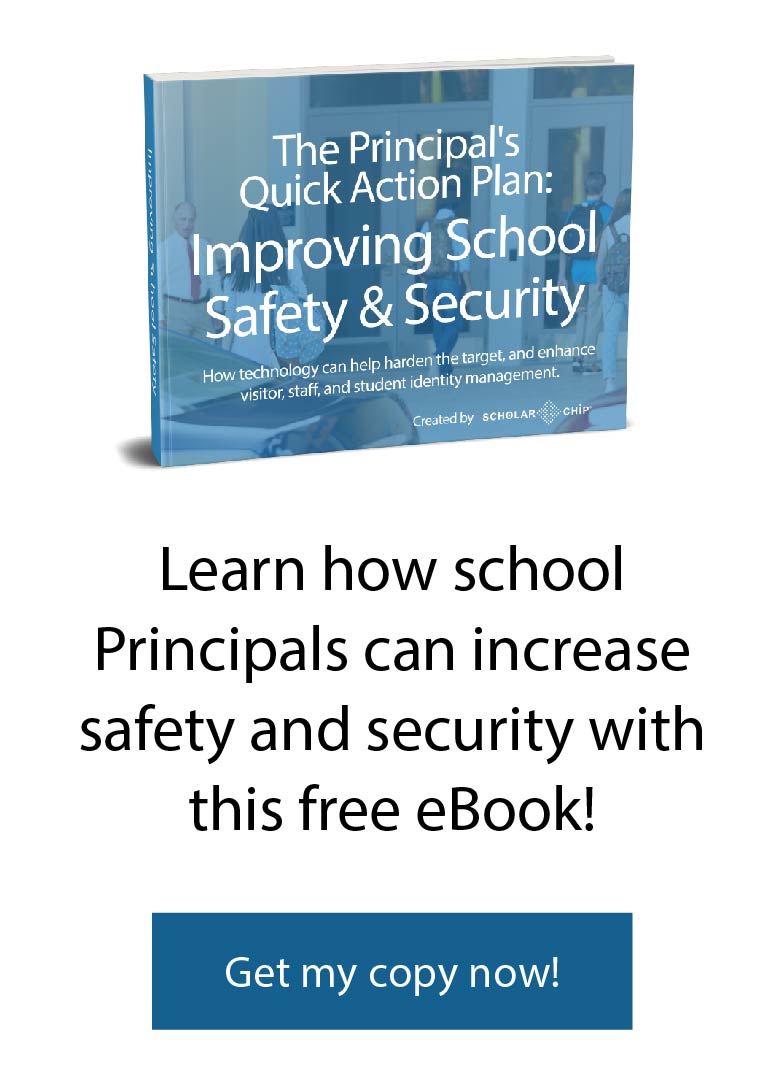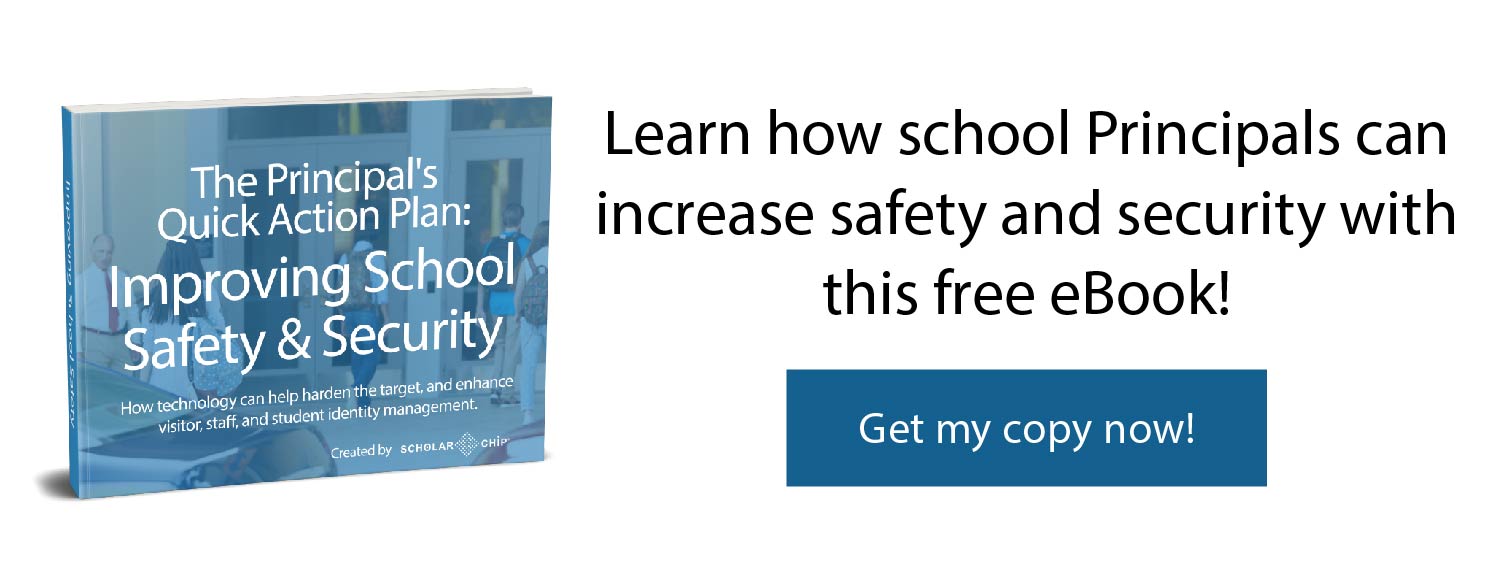School districts across the United States have had to grapple with horrific school shootings that have resulted in the loss of too many lives. These senseless and random acts have led to a call for more security and hardening in schools.
Among the most frequently discussed options, adding armed guards and metal detectors to school buildings have been brought to attention. Some politicians have begun advocating for arming teachers and other school personnel as a deterrent, claiming trained personnel could defend classrooms. But are armed officers the answer for how to improve school safety?
The pressure around school safety is yet one continuous pressure point for school officials and parents. Parents and elected officials expect schools to account for a students whereabouts at all times, and school leaders are expected to keep suspended or expelled students off school grounds.
School systems often struggle to meet these demands, without the ability to easily track and report on disciplinary issues. When a school has no technology involved for the student’s progression and safety, they are missing out, but when a school has multiple technology systems, means there’s a lack of integrated data available.
Are Armed Guards Worth the Time and Energy?
The numbers of armed guards in U.S. public schools is rising, dramatically. According to the National Center for Educational Statistics, 42.9 percent of public schools reported having armed law enforcement present in the 2015-16 school year, up from 30.7 percent a decade earlier. Ronald Stephens, Executive Director of the National School Safety Council, told the Guardian that officers carrying weapons can stop a shooting inside a school and deter assailants from attempting to enter. But not all are convinced that arming adults is how to improve school safety.
There is increasing evidence that armed school Resource Officers (as school-based police officers are called) can have unintended consequences. In districts with large populations of students of color, armed officers lead to more suspensions, expulsions and arrests. There are multiple examples of concerning data about armed officers or teachers:
- A study in the Washington University Law Review noted that systems with school Resource Officers tend to that on a “criminal justice orientation.” Lower-level offenses become criminal justice issues instead of social or psychological issues.
- Police officers hit their targets in an active shooter situation 20 percent of the time. The hit rate will likely be lower with teachers. And keeping those guns secure and safe will be a challenge.
- A 2011 study in Justice Quarterly found schools with armed police officers report a higher percentage of non-serious crimes to law enforcement. The journal encourages more study on the impact of armed officers on school climate and outcomes.
So how can schools be kept secure without making them look like a fortress? Armed guards and metal detectors project an appearance rooted in fear and defensiveness. That’s the exact opposite of the tone most schools want to project – that schools are open, safe havens that promote a positive, safe environment where learning can happen.
There’s also the cost issue. Paying armed guards and for metal detectors is prohibitive. The cost of buying, installing and staffing metal detectors would cost $77,000 per school per year or a total cost of $7.7 billion annually to equip all public schools in the United States. It would cost another $6.1 billion to put just one police officer in each public school for a year.
Viable Solutions
For school districts seeking solutions for how to improve school safety, what options are available? There are several alternatives that can address not only school violence and safety, but the underlying issues and processes that need to be addressed.
Here is a look at some of those alternative solutions:
- Monitor and tracking behavior. University of Southern California professor Ron Avi Astor, who studies school violence and bullying, urges school districts to closely monitor students for indicators of violent behavior. “Student and teacher awareness of weapons and threats is a potentially powerful way to prevent future tragedies,” he wrote for CNN. “These voices are much closer to the ground than anonymous calls to an FBI tip line.”
- Utilizing technology to identify new visitors. Instead of metal detectors, and Resource Officers, there is another way to screen new visitors. When you are able to utilize a visitor management system, you’ll be able to flag at-risk visitors with the swipe of their driver’s license, connecting to a sex offender registry. This is a proactive solution to securing your campus without the threat of weapons present.
- Smart ID Card solutions and engage parents more. Schools and parents should partner to address attendance issues, address and educate about social media and screen time, and have frank conversations.
The ScholarChip Solution
School districts need comprehensive solutions to address school safety. ScholarChip offers a data-driven, integrated approach to school safety. Our approach addresses critical needs to create welcoming environments that demonstrate safety.
With real-time reporting and data that are housed and used in one system, ScholarChip gives school officials the tools they need to address immediate needs and long-term patterns.
ScholarChip is an all-in-one, platform solution to help reduce school threats and address the important issues surrounding school safety without armed guards. Data from students, faculty, and stakeholder are leveraged to manage school access, attendance, and behavior management through the platform tools to increase safety and promote the campus climate schools are looking for.
Schedule a 1-on-1 product overview session to see how ScholarChip can help you with your safety and security needs today!


